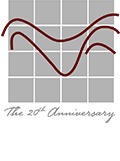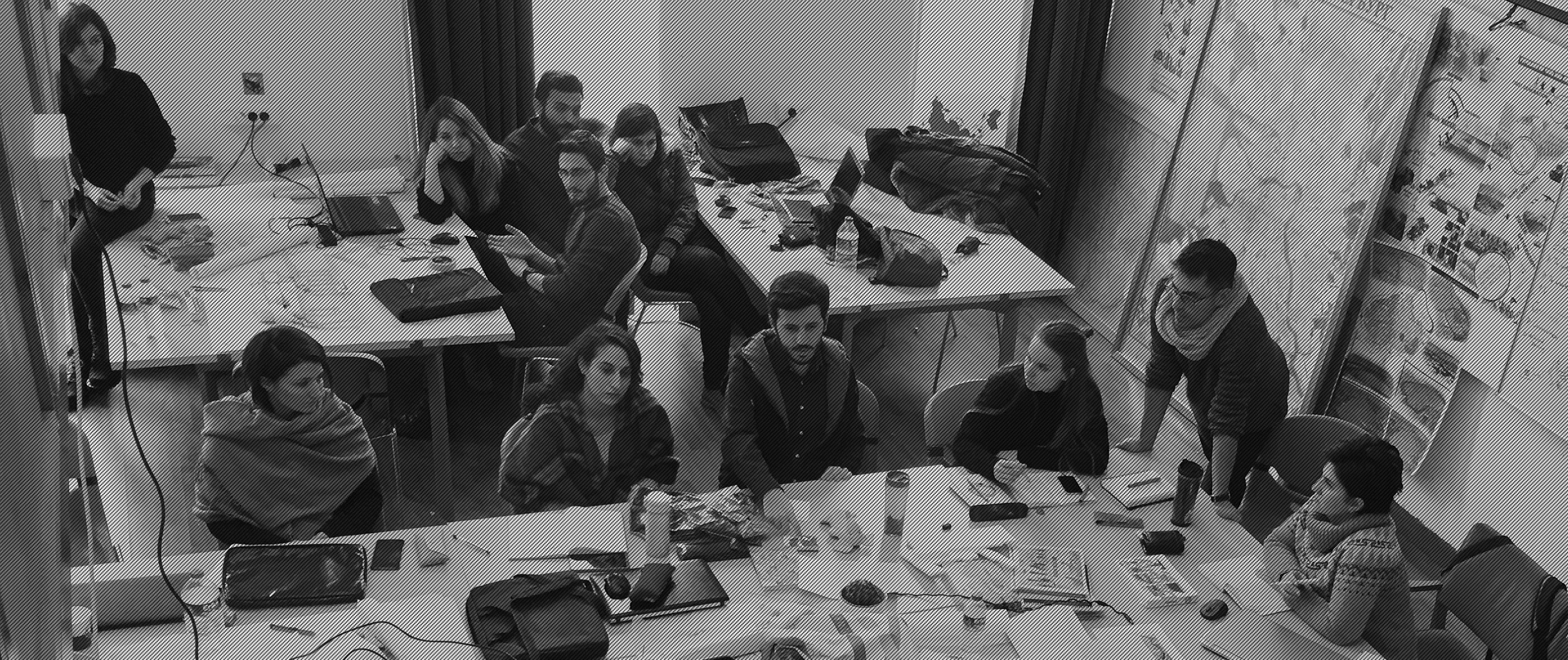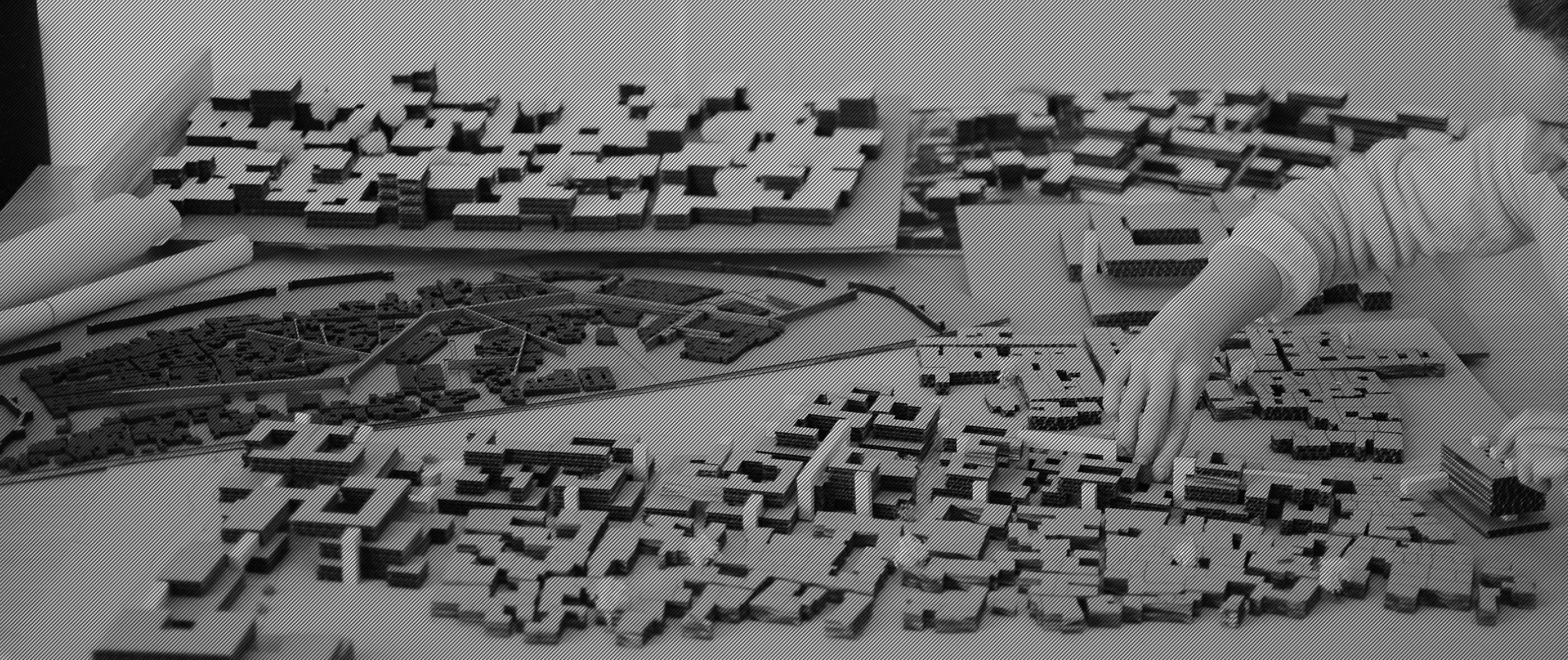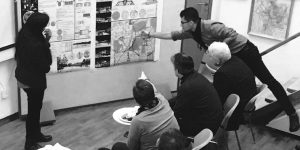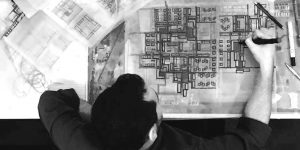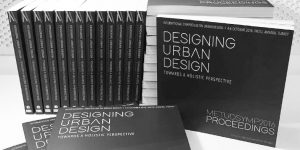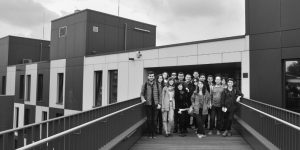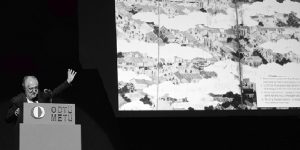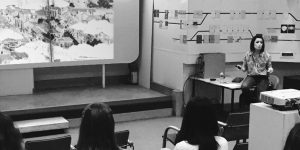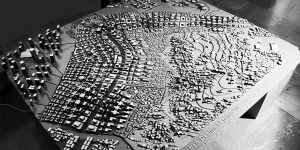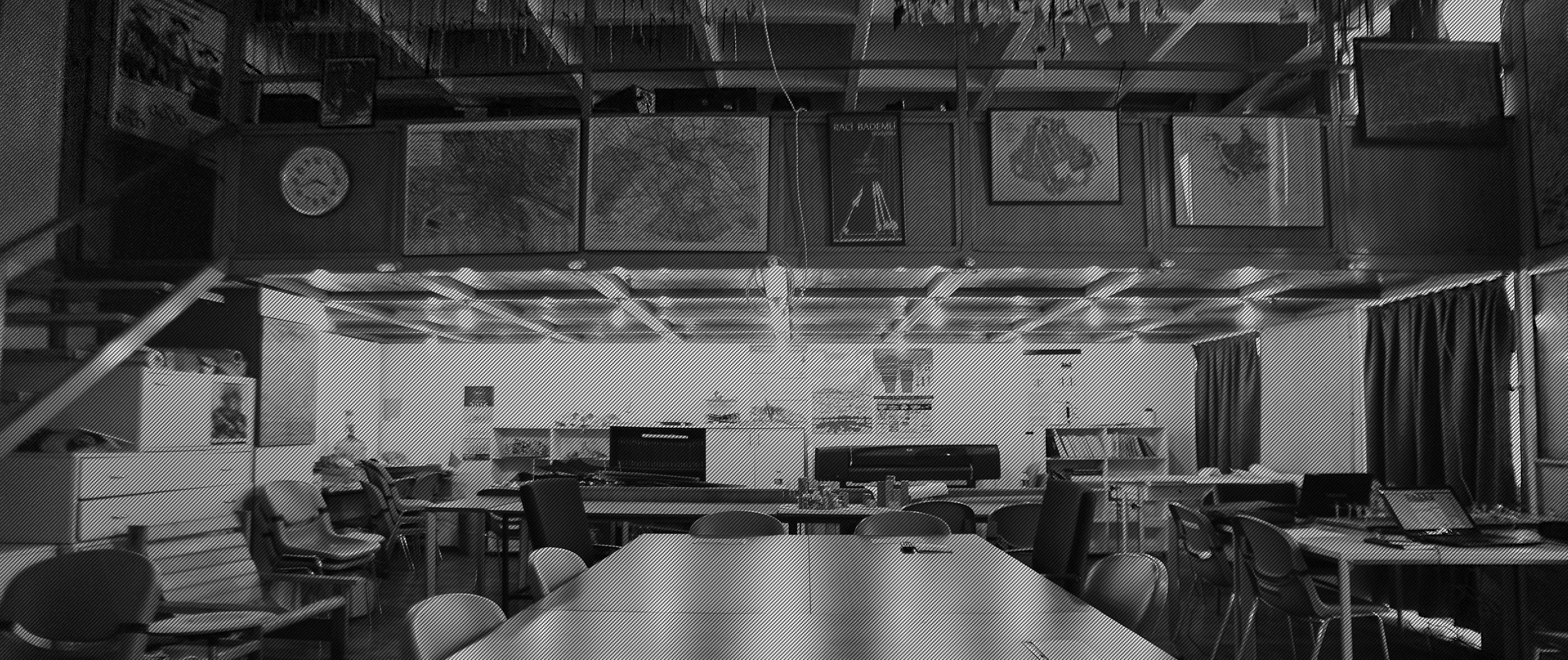

Evolution of industry: from past to future
Ecem Engin, Shajee Haider Taqvi This paper aims to conceptualize the stages of industrial evolution; and to highlight the key features that triggered such changes that resulted in the constant transformation of industry through time. After a brief definition, along with types and stages of industrial production, main purpose of this critical writing is to discuss the evolution process of Read More …

The Phenomenon of Industry: Basic Concepts and Mechanisms
Nurten Müge Ayla, Cansu Sicimli The definition of industry is hard to contain to just a few words or a singular concept. It pertains to anything from mechanized production in factories and agriculture to “exchange of goods and services that goes beyond the local economy.” It also consists of a commercialized society with a population that resides closely together in Read More …

Planning for industry: an urbanistic perspective
Gamze Tarımeri, Nur Dilan Özdemir This paper aims to understand the planning for industry from an urbanistic perspective. After a brief history of planning and its relationship with the city, major schools and approaches giving a prominent role to industry in shaping the modern city will be discussed through the programs, prototypes and ideologies. Also, the contemporary approaches on spatial Read More …
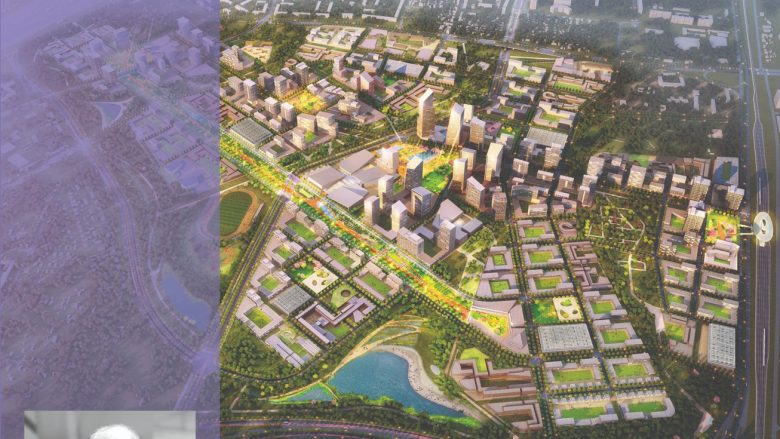
Urban Design Talks #05
At the fifth meeting of METU MUD ‘Urban Design Talks’ series, Dennis Pieprz, the principle urban designer (SASAKI) presented us a range of current projects describing the philosophy and strategies that underpin his original urban design perspective. The talk has been conducted online.

Post Conflict Urban Strategies: WARSAW
Warsaw is a city that has been damaged through history because of war but the most damages were given in World War 2 by Nazi Troops. During the war, %85 of the city was demolished. After war, Polish patriots encountered to build the old city by benefiting from paints, archived documents and Nazi’s Pabst plan. This report will cover pre-information Read More …

Post Conflict Urban Strategies: ROTTERDAM
Rotterdam faced its darker days because of the German bombardment in 1946. In one night most of the inner city was destroyed. Before the bombardment there were different urban patterns. While designing the city again it was a tabula Rosa. Different strategies for different urban areas were determined. The city centre was completely rebuilt on a grid system, in functionalist Read More …

Post Conflict Urban Strategies: BEIRUT
City of Beirut is an example of the way of building the city through history. The old city was destroyed and rebuilt several times throughout history. The establishment of the state of Israel after WW2 and the displacement of a hundred thousand Palestinian refugees to Lebanon (Palestinian refugees constituted 35% of the population between 1976-90) during the 1948 and 1967 Read More …

War and Architecture
Architecture is always a part of life. Places and spaces, we live in are product of architecture. Creating alternative spaces, emotions, experiences are our elements. That’s why we can search for architectural components and experiences in all fields of life. Also, in war see the glace of creation for space in a whole different purpose. The elements of military architecture Read More …

The Dichotomy Between the Old & The New Concept & Context
There are different approaches to protecting the old and creating the new according to conservation terms. There are lots of approaches but following four are the main ones. First one is preservation, which is keeping the old one as it is and repearing it with historical materials. Second one is rehabilitation which is keeping the historical property and assigning new Read More …

War and the City within a Historical Perspective
According to oxford dictionary, the definition of war is; “A state of armed conflict between different countries or different groups within a country.” (https://en.oxforddictionaries.com/definition/war) With respect to this definition and the historical examples, war and the city have a strong relationship. Cities always took an essential role in the warfare; sometimes as a battlefield sometimes as a target and sometimes even Read More …

Urban Warfare – A war in a city
It is a combat conducted in urban areas such as towns and cities. Urban warfare is very different from combat in the open field at both the operational and tactical level because of the presence of civilians and the complexity of the urban terrain. To understand the term urban warfare, we first look at the components of an urban environment Read More …

Security and The City From Planning, Design and Management Perspective
Place-based crime prevention strategies focus upon the crime site – the spatial aspects of a target and the specific location of crime. Place-based crime prevention strategy, crime prevention through environmental design (CPTED) emerged as an independent theory in the mid-twentieth century. CPTED asserts that the proper design and effective use of the built environment can lead to a reduction in Read More …

Conflict Visualisation
Throughout the history, war in the city has been represented with different ways. Different materials and different data have been used in these representation techniques. There are six different representation techniques: Pictorial, Cartographic, Diagrammatic, Narrative, Photographic and Cinematic Representations. Pictorial Representation This technique were used generally in old times and generally they represented the during war times. Some of these Read More …

Phenomenon and Ontology of War
Trying to explain the phenomenology of war triggers a lot of important questions which need to be answered to reach a significant conclusion. A general perception of war would define it as (a ‘war event’) an occurrence of purposive and lethal violence between two or more social groups pursuing conflicting political goals that results in fatalities, with at least one Read More …

Typology of War & Changing Paradigms of Warfare
Study made through a specification of four basic generations according to changing paradigms that are taken as break point which change the characteristics of war and warfare. Changing strategies, tactics, typologies and actors that were shaped by these paradigms throughout history. Spatial features of battlefields, the changing position of cities in the battles and the impact of wars on urban Read More …

Conflict and the City from Spatial Perspective
Conflicts in the city can be a result of relation between two or more actors. These actors has common interests in theirselves. In some cases, they cannot mix or meet in the middle, it causes spatial problems. To solve these problems between actors in short time, there are physcial conflict components which result to mobility or lack of it. When Read More …
